The Secrets of the Ancient Roman Roads
When exploring the secrets of the ancient Roman roads, one cannot help but marvel at the ingenuity and foresight of the Roman engineers who constructed these remarkable thoroughfares. These roads, stretching across vast distances and varied terrains, were not merely pathways for travel but intricate networks that played a pivotal role in shaping the Roman Empire's development and expansion.
The construction techniques employed by the Romans were truly groundbreaking for their time. Utilizing a combination of durable materials such as gravel, sand, and stones, they engineered roads that could withstand the test of time. The incorporation of sophisticated drainage systems and road camber ensured longevity and stability, even in the face of harsh weather conditions and heavy traffic.
One of the most significant aspects of the Roman roads was their strategic importance. These interconnected highways facilitated swift communication, efficient trade routes, and rapid military movement throughout the empire. By linking distant regions and fostering cultural and economic integration, the roads played a crucial role in maintaining the cohesion and strength of the Roman territories.
Maintenance practices were another key element in ensuring the functionality and durability of the Roman road network. The Romans were meticulous in their upkeep, regularly repairing and repaving roads to keep them in optimal condition. Way stations were established along the routes to provide rest and provisions for travelers and goods, further enhancing the efficiency and safety of the journey.
The legacy of the ancient Roman roads extends far beyond the boundaries of the empire. Their innovative engineering principles have had a lasting impact on modern infrastructure, influencing contemporary transportation systems, urban planning, and architectural design. The legacy of the Roman roads can be seen in the layout of cities and the design of highways worldwide, a testament to the enduring legacy of Roman engineering.
Symbolizing the power and reach of the Roman Empire, the extensive road network served as a visible manifestation of Roman authority and control. The roads were not just practical pathways but symbols of Roman might, connecting vast territories and diverse populations under the umbrella of Roman rule. They were a testament to the empire's ability to conquer and unify through infrastructure.
The cultural exchange facilitated by the Roman roads was equally significant. These arteries of travel and communication allowed for the exchange of ideas, technologies, and cultural practices between different regions. They fostered a sense of unity and interconnectedness within the empire, contributing to the spread of Roman influence and the enrichment of diverse cultures.
Despite their monumental achievements, the Romans faced numerous challenges and obstacles in constructing and maintaining their road network. Harsh terrain, inclement weather, financial constraints, and the constant threat of raids and invasions posed significant challenges. The resilience and determination of the Romans in overcoming these obstacles are a testament to their engineering prowess and organizational skills.
Recent archaeological discoveries continue to shed new light on the secrets of the ancient Roman roads. Ongoing research and excavations provide valuable insights into the construction, usage, and impact of these historic thoroughfares. Each new discovery deepens our understanding of Roman engineering techniques and the enduring legacy of their road network.
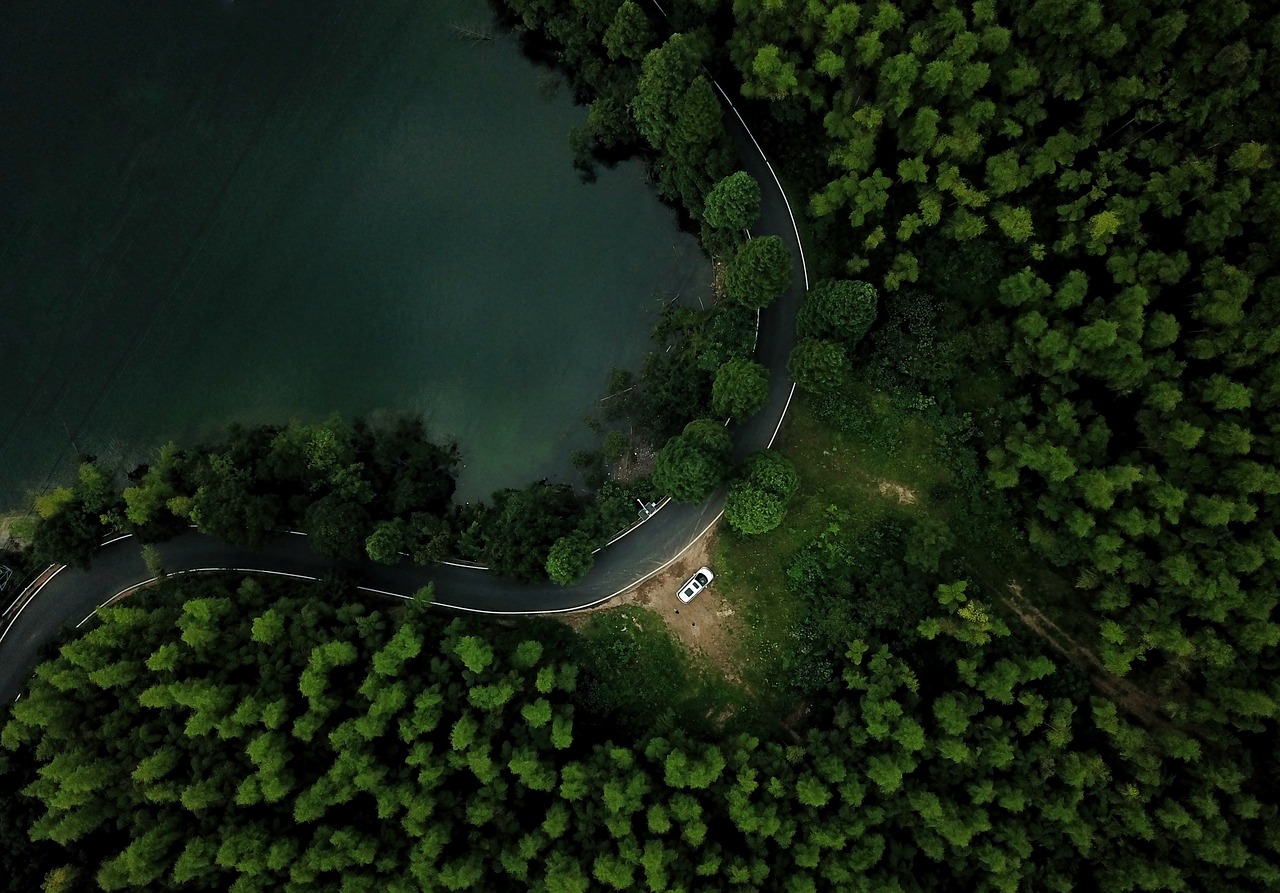
Construction Techniques
Topics related to the construction, purpose, engineering, and legacy of the ancient Roman road network, shedding light on the significance of these roads in the development of the Roman Empire and their lasting impact on modern infrastructure.
When it comes to the construction of the ancient Roman roads, it's not just about laying down some stones. The Romans were true innovators in their engineering methods, utilizing a combination of durable materials and strategic techniques to create a network that stood the test of time. One key aspect of their approach was the meticulous selection of materials; they used a mix of gravel, sand, and stones, carefully compacted to ensure strength and stability. Additionally, they incorporated advanced drainage systems to prevent water damage and road camber to facilitate water runoff, enhancing the longevity of the roads.
Moreover, the Romans didn't stop at just building the roads; they paid close attention to every detail to guarantee their durability. The construction process was a blend of art and science, with precise measurements and calculations guiding every step. The result was not just a road but a masterpiece of engineering that withstood centuries of use.
It's fascinating to think about how these ancient engineers managed to create such a robust network without the modern technology we have today. Their methods were truly ahead of their time, setting a standard that continues to inspire admiration and awe in the present day.
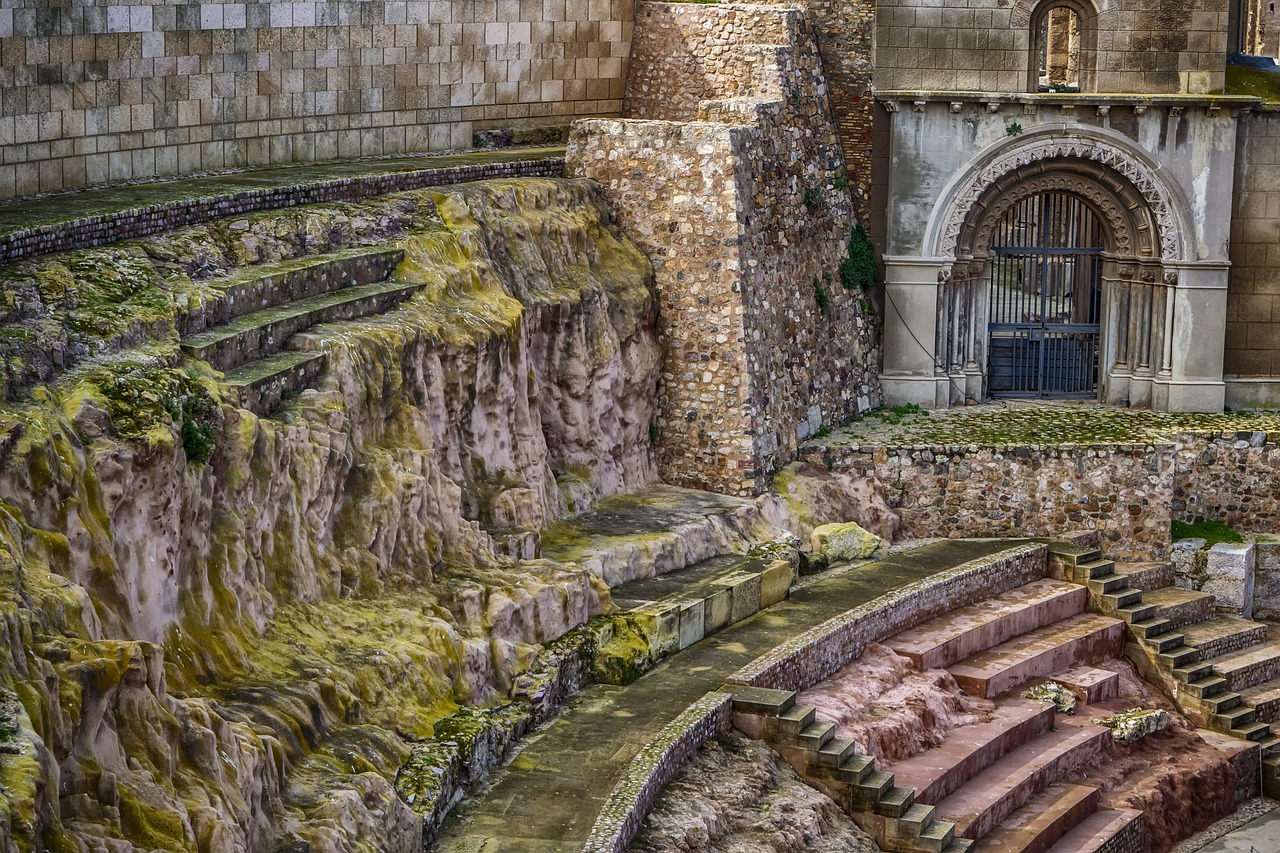
Strategic Importance
Roman roads held immense strategic importance in the vast expanse of the Roman Empire, serving as vital arteries that facilitated efficient communication, trade, and military movement. These roads were meticulously planned and constructed to connect distant regions, allowing for swift transportation of goods, troops, and information across the empire.
The strategic significance of Roman roads extended beyond mere transportation; they played a crucial role in the cultural and economic integration of diverse territories under Roman rule. By linking major cities, military outposts, and provinces, these roads fostered a sense of unity and cohesion within the empire, enabling the exchange of ideas, technologies, and goods.
Moreover, the construction of Roman roads reflected the empire's military prowess and organizational capabilities. The network of well-maintained roads not only facilitated the rapid deployment of Roman legions to quell rebellions or repel invasions but also served as a visible symbol of Roman power and control over vast territories.
Strategically positioned along key trade routes and military corridors, Roman roads enhanced the empire's ability to project influence and maintain dominion over its vast domains. The strategic importance of these roads cannot be overstated, as they formed the backbone of Roman infrastructure and contributed significantly to the empire's longevity and stability.
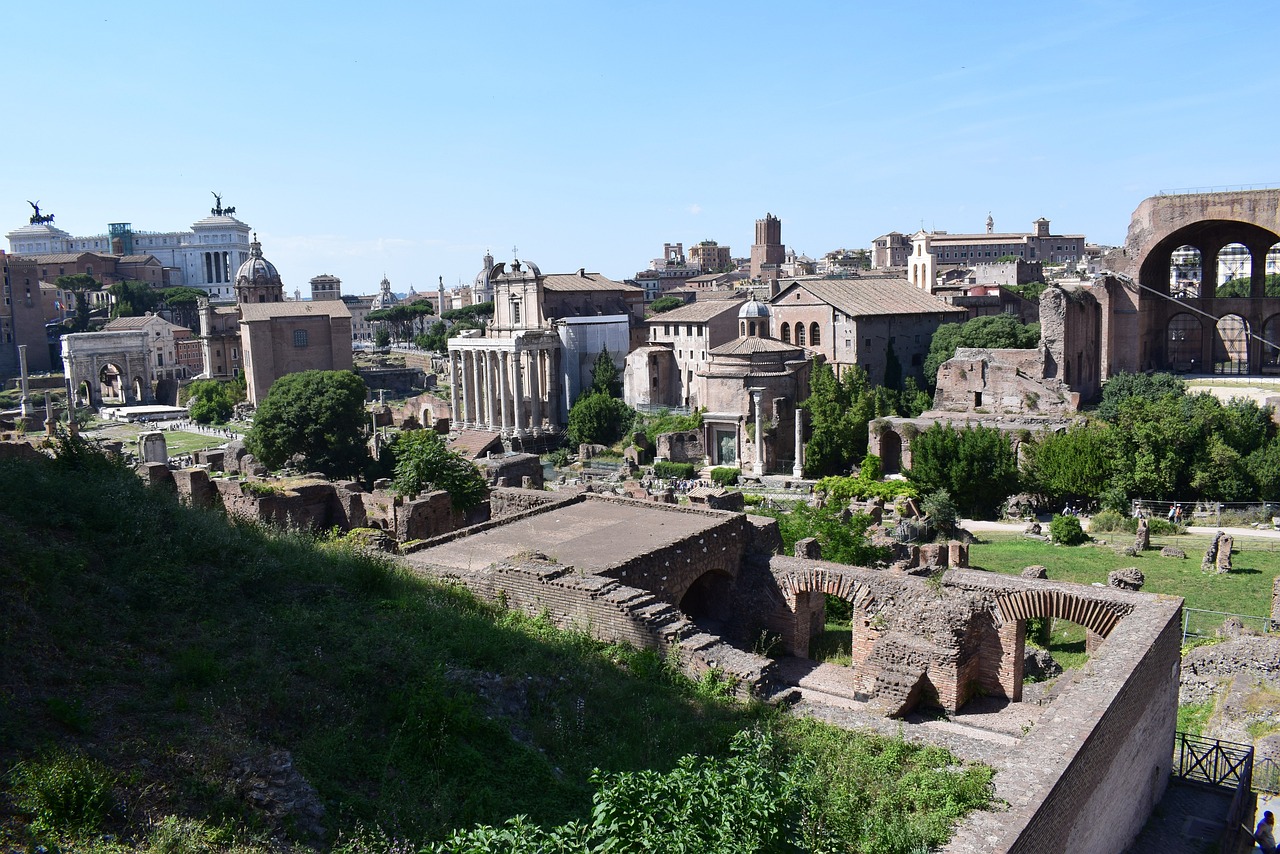
Maintenance Practices
When it came to maintaining their extensive network of roads, the ancient Romans were known for their meticulous attention to detail and innovative strategies. One of the key practices employed was regular inspections carried out by skilled engineers to identify any signs of wear and tear. These inspections were crucial in detecting potential issues early on, allowing for prompt repairs to be carried out before they escalated into major problems.
Furthermore, the Romans were adept at utilizing a variety of materials for road construction that not only ensured durability but also facilitated easier maintenance. For instance, the use of durable stones, gravel, and sand in road surfaces made it easier to repair specific sections without having to reconstruct entire stretches of road. This approach not only saved time and resources but also contributed to the longevity of the roads.
In addition to proactive inspections and strategic material choices, the Romans also established a system of way stations along their roads. These stations served as rest points for travelers and provided essential services such as food, water, and accommodation. Moreover, they functioned as centers for road maintenance activities, where skilled workers were stationed to carry out repairs and upkeep tasks as needed.
Another crucial aspect of Roman road maintenance was the practice of repaving worn-out sections on a regular basis. By continuously monitoring the condition of the roads and promptly repaving areas that showed signs of deterioration, the Romans ensured that their road network remained in optimal condition for the efficient movement of people and goods. This proactive approach to maintenance was essential in preserving the functionality and safety of the roads.
Overall, the maintenance practices employed by the ancient Romans were characterized by a combination of proactive inspections, strategic material choices, establishment of way stations, and regular repaving. These practices not only contributed to the longevity and durability of the Roman road network but also played a significant role in ensuring smooth and efficient transportation throughout the vast expanse of the empire.

Legacy in Modern Infrastructure
The legacy of the ancient Roman road network continues to shape modern infrastructure in profound ways. The engineering principles and design techniques employed by the Romans have left an indelible mark on contemporary transportation systems, urban planning, and architectural development.
One key aspect of the Roman road legacy is the concept of straight, well-engineered roads that connected major cities and regions. This emphasis on efficient and direct routes has influenced the layout of modern highways and urban roads, prioritizing connectivity and accessibility for travelers and goods.
Moreover, the Romans' use of durable materials such as gravel, sand, and stones has set a standard for road construction that endures to this day. The emphasis on solid foundations and proper drainage systems to ensure longevity and stability can be seen in the construction of modern highways and bridges.
The legacy of Roman road engineering also extends to the aesthetic and functional aspects of urban planning. The concept of urban grids, inspired by the layout of Roman cities connected by well-maintained roads, continues to influence city design and development around the world.
Furthermore, the establishment of way stations along Roman roads for travelers and goods has parallels in modern rest areas, service stations, and logistics hubs that serve as vital nodes in the transportation network, enhancing efficiency and convenience for users.
In essence, the legacy of the ancient Roman roads in modern infrastructure is not just about physical structures but also about the enduring principles of connectivity, durability, and efficiency that continue to guide the development of transportation systems and urban spaces globally.
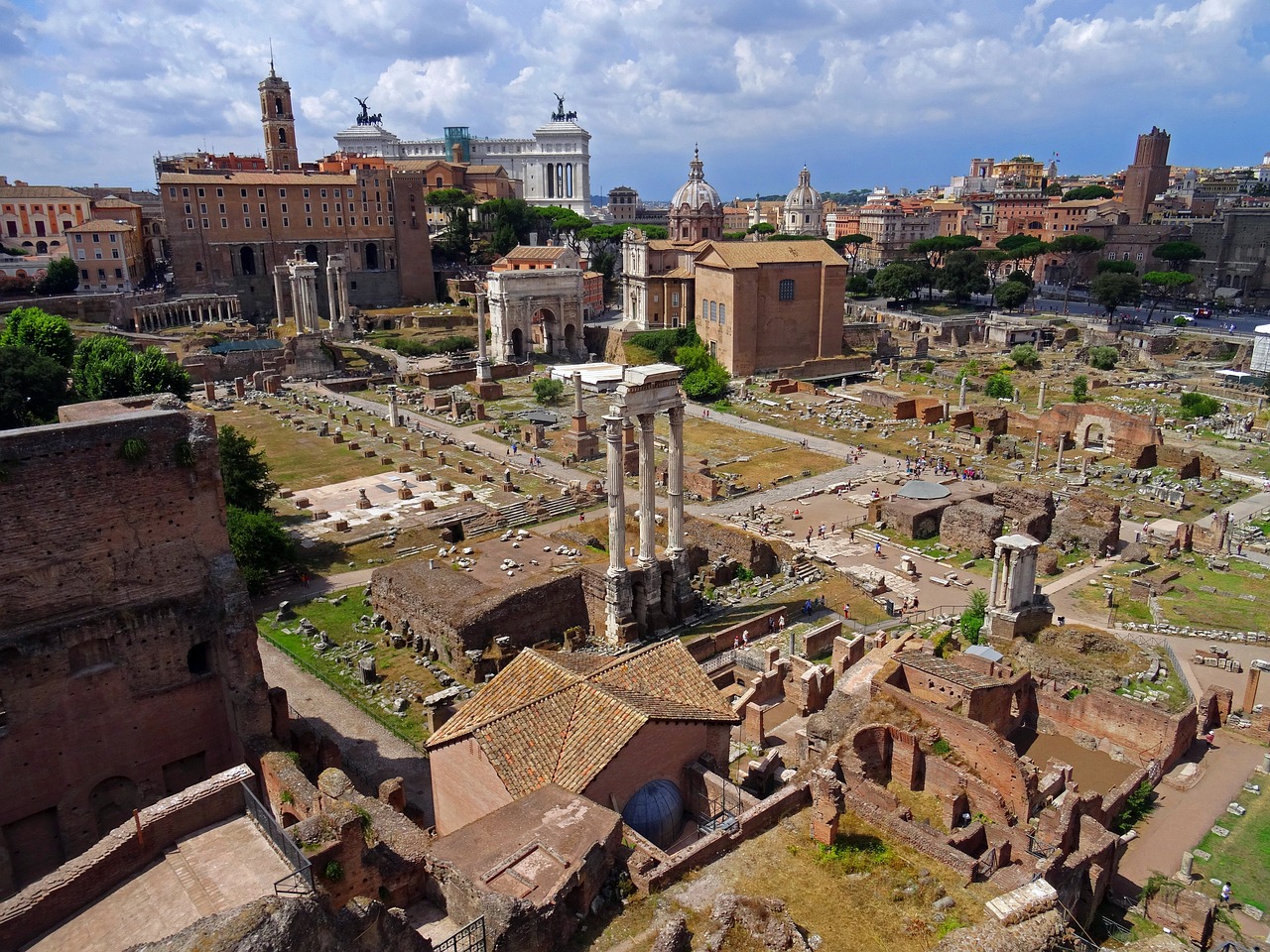
Symbol of Roman Power
The Roman road network stands as a formidable symbol of power and authority, reflecting the grandeur and reach of the Roman Empire. These roads were not merely pathways for travel but served as visible manifestations of Roman dominance over vast territories and diverse populations. Just as the intricate web of roads connected distant regions, the network itself connected the empire's subjects under a unified infrastructure. The construction of these roads required immense resources and manpower, showcasing the empire's ability to undertake monumental engineering projects on a massive scale.
As travelers and traders journeyed along these well-maintained roads, they were met with a sense of awe and respect for the empire that could create such a vast and interconnected network. The Roman roads were not just physical structures but symbols of Roman ingenuity, organization, and control. They conveyed a message of power and efficiency, reinforcing the empire's authority and influence over the lands it governed.
Moreover, the strategic placement and design of these roads strategically positioned the empire's military forces for rapid deployment and communication. This strategic advantage further solidified the perception of Roman power and dominance, as the roads enabled swift movement of troops and supplies across the empire, showcasing the military might of Rome to both allies and adversaries.
Through the lens of history, the Roman road network stands as a lasting testament to the empire's ability to conquer not just through force of arms, but through the enduring legacy of infrastructure and engineering. The roads themselves became symbols of Roman power, immortalizing the empire's influence and control long after its decline.
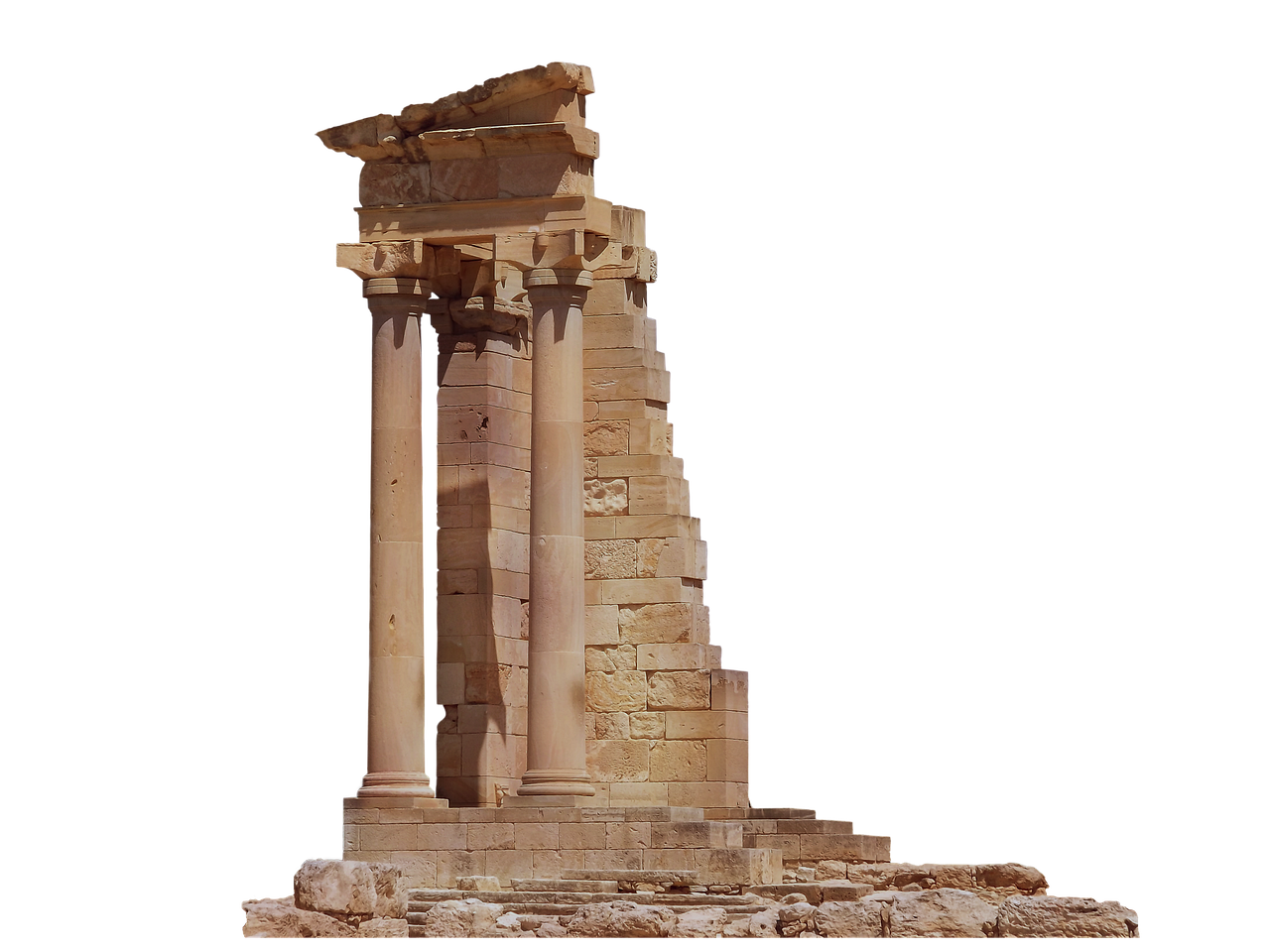
Cultural Exchange and Influence
When it comes to the ancient Roman road network, a marvel of engineering and innovation, one cannot help but be captivated by the mysteries and wonders that lie beneath the surface. These ancient roads, built with precision and foresight, not only connected distant corners of the vast Roman Empire but also served as a testament to the ingenuity and vision of the ancient Romans.
One of the most fascinating aspects of the ancient Roman roads is their role in fostering cultural exchange and influence across the empire. These roads were not merely pathways for travel but also conduits for the exchange of ideas, technologies, and cultural practices between different regions. Imagine the bustling activity along these roads, with traders, travelers, and soldiers from diverse backgrounds converging and interacting, creating a melting pot of cultures and traditions.
Through the interconnected network of Roman roads, the empire was able to facilitate the spread of language, art, architecture, and even culinary traditions, shaping a sense of unity and interconnectedness among the diverse populations under Roman rule. The roads became more than just physical infrastructure; they became symbols of a shared identity and a common heritage that transcended geographical boundaries.
Archaeological discoveries along these ancient roads continue to unveil hidden treasures and untold stories of cultural exchange and influence. From mosaic artworks to inscriptions in various languages, each artifact serves as a testament to the vibrant cultural tapestry that thrived along the Roman roads.
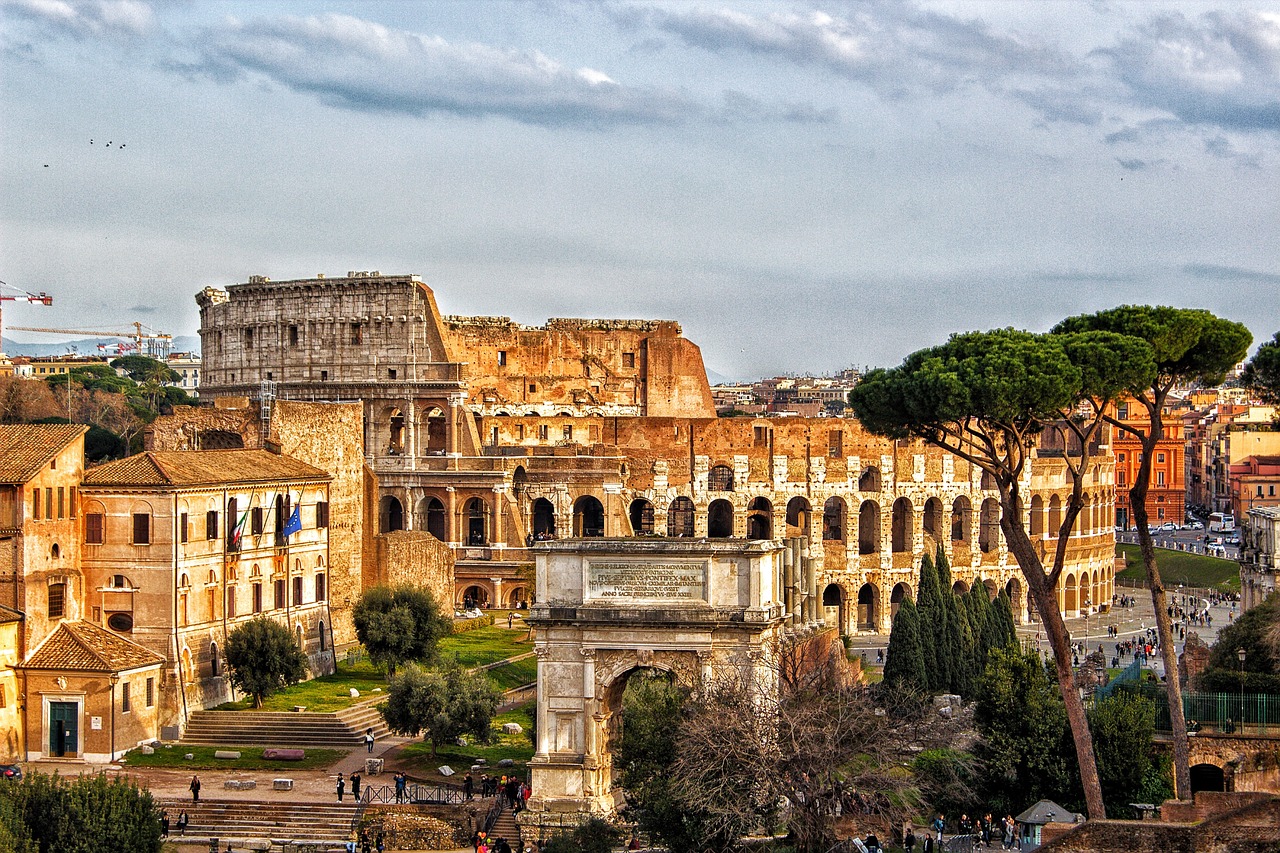
Challenges and Obstacles
When it comes to the construction and maintenance of the ancient Roman road network, it's essential to acknowledge the numerous challenges and obstacles that the Romans faced. These obstacles were not merely physical but also encompassed financial, logistical, and strategic aspects that required innovative solutions and unwavering determination.
One of the primary challenges that the Romans encountered was the diverse and often harsh terrain that they had to navigate. From rugged mountains to marshy swamplands, the Roman engineers had to adapt their construction techniques to suit the specific characteristics of each region. This required careful planning and meticulous execution to ensure the durability and stability of the roads.
Furthermore, inclement weather posed a significant obstacle to road construction and maintenance. Heavy rains, snowfall, and extreme temperatures could cause erosion, flooding, and structural damage to the roads, necessitating constant repairs and reinforcements. Despite these challenges, the Romans developed innovative drainage systems and road camber techniques to mitigate the impact of weather on their roads.
Financial constraints also played a role in shaping the challenges faced by the Romans. Building and maintaining an extensive road network required substantial resources, including labor, materials, and funding. The Romans had to carefully allocate their resources and prioritize strategic routes to maximize the efficiency and effectiveness of their road network.
Moreover, the constant threat of raids and invasions added another layer of complexity to the construction and maintenance of Roman roads. Military incursions and conflicts could disrupt trade routes, damage infrastructure, and endanger travelers, necessitating swift responses and robust defense mechanisms along the roads.
In overcoming these challenges and obstacles, the Romans demonstrated not only their engineering prowess but also their strategic vision and resilience. The legacy of their road network stands as a testament to their ability to surmount adversity and create enduring infrastructure that shaped the course of history.

Archaeological Discoveries
In recent years, archaeological excavations have unearthed fascinating insights into the construction and utilization of the ancient Roman road network. Discoveries of well-preserved road segments, milestones, and infrastructure remnants have provided valuable clues about the sophisticated engineering techniques employed by the Romans. These findings have allowed researchers to piece together the intricate puzzle of how these roads were built, maintained, and utilized for various purposes, ranging from military expeditions to trade routes. Additionally, the discovery of ancient inscriptions, reliefs, and artifacts along the roads has offered a glimpse into the daily lives of people who traversed these thoroughfares centuries ago. Through careful analysis of these archaeological remains, historians and archaeologists continue to unravel the mysteries surrounding the development and impact of the Roman road system, shedding light on its enduring legacy in shaping the course of history.
Frequently Asked Questions
- What materials were used in the construction of Roman roads?
The Romans utilized a combination of gravel, sand, and stones to build their roads, ensuring durability and longevity.
- How did Roman roads contribute to the expansion of the Roman Empire?
Roman roads played a crucial role in facilitating efficient communication, trade, and military movement, connecting distant regions and integrating diverse territories.
- What maintenance practices were employed to keep Roman roads in optimal condition?
The Romans implemented meticulous maintenance strategies, including regular repairs, repaving, and the establishment of way stations for travelers and goods.
- What is the legacy of Roman road engineering on modern infrastructure?
The enduring influence of Roman road engineering can be seen in contemporary transportation systems, urban planning, and architectural design, shaping the development of cities and highways worldwide.
- How did Roman roads symbolize Roman power and authority?
The extensive road network served as a visible manifestation of Roman authority, showcasing the empire's might and control over vast territories and diverse populations.



















